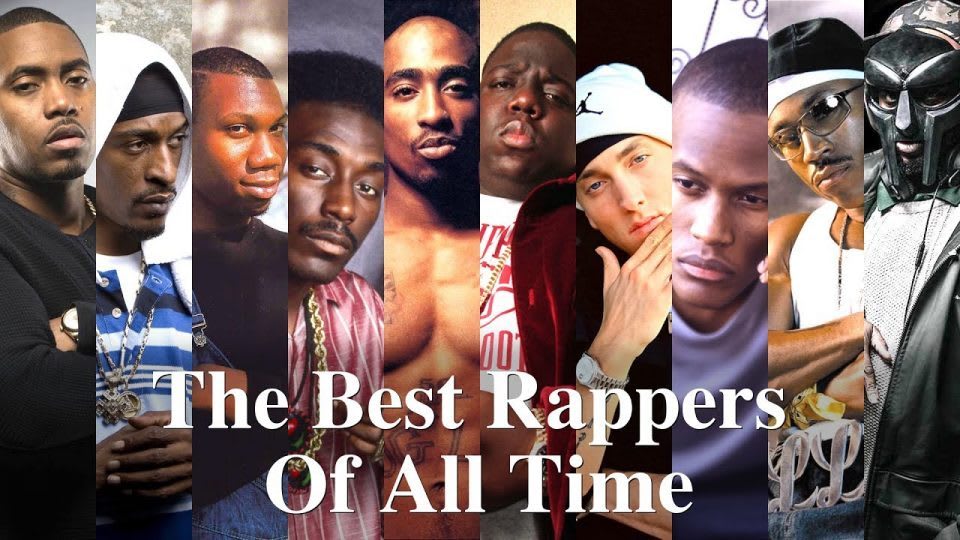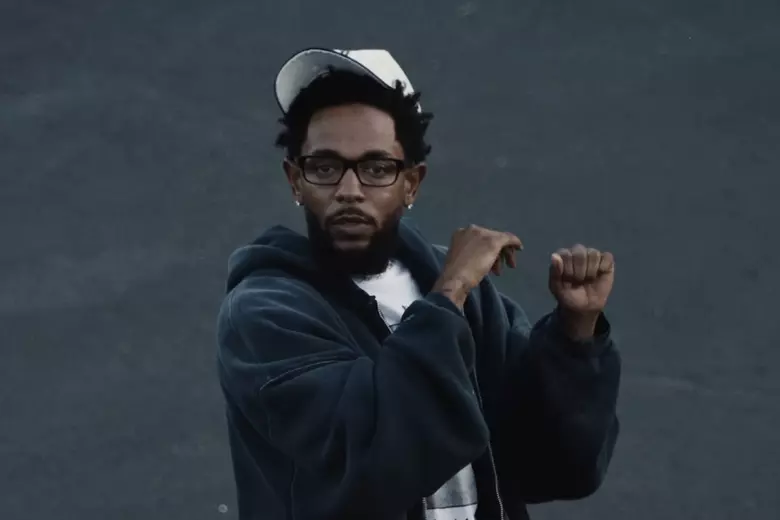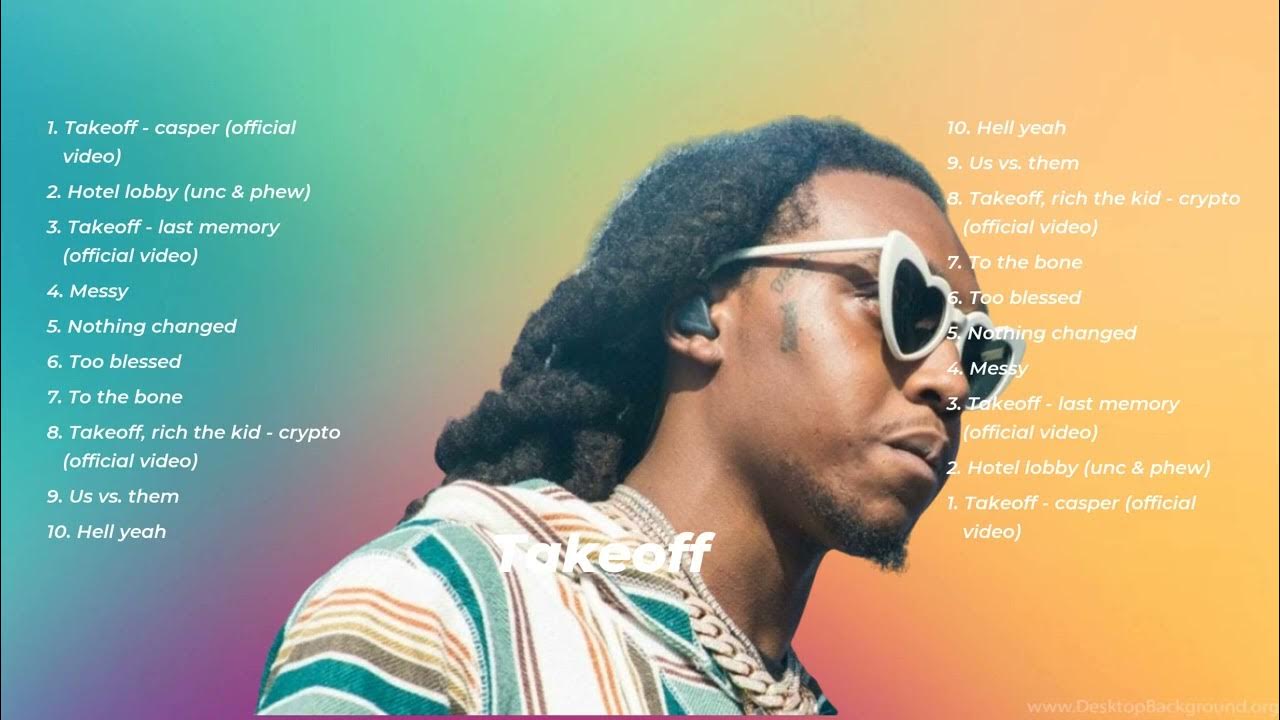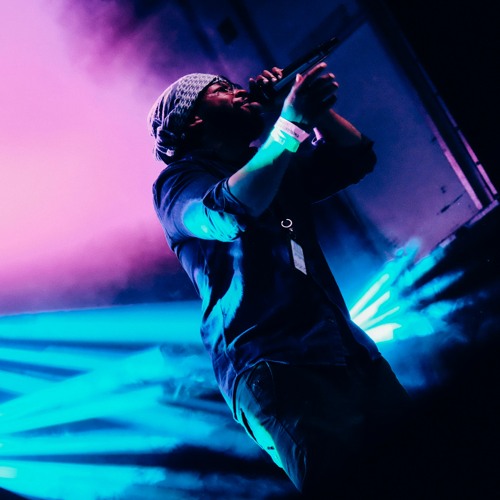A rapper is a musician or performer who delivers lyrics rhythmically, often in a spoken or semi-sung style, typically over a beat or instrumental track. Rapping is a core element of hip-hop music and culture, though it can also appear in other genres like pop, trap, or drill. The term comes from the slang “rap,” meaning to talk or converse, and evolved in the 1970s within African American and Latino communities in the United States, particularly in New York City’s Bronx.
Details About Rappers:
- Style and Delivery:
- Rappers use techniques like rhyming, wordplay, metaphors, and storytelling to craft their lyrics.
- Delivery varies: some use fast-paced flows (e.g., Eminem), others a slower, melodic style (e.g., Drake).
- Freestyling (improvising lyrics on the spot) and battle rapping (competing lyrically against another rapper) are key skills for some rappers.
- Role in Music:
- Rappers often write their own lyrics, though some collaborate with songwriters.
- They may also produce beats, perform live, or engage in cultural activities like breakdancing or graffiti, which are tied to hip-hop’s roots.
- Many rappers double as singers or blend rapping with singing (e.g., Post Malone).
- Cultural Impact:
- Rappers often address social issues, personal struggles, or cultural themes in their music, influencing fashion, language, and societal conversations.
- Hip-hop, driven by rappers, is a global phenomenon, shaping music in regions from the U.S. to Africa, Asia, and Europe.
- Types of Rappers:
- Conscious Rappers: Focus on social or political themes (e.g., Kendrick Lamar, Common).
- Trap Rappers: Emphasize themes of street life and heavy bass beats (e.g., Future, Gucci Mane).Rapper
- Battle Rappers: Specialize in competitive, lyrical face-offs (e.g., Loaded Lux).Rapper
- Mainstream Rappers: Create commercially successful music (e.g., Jay-Z, Cardi B).Rapper
- Tools and Platforms:
- Rappers often record in studios but can also use digital tools like SoundCloud or BandLab to share music.
- Social media platforms like X and TikTok are crucial for promoting music and engaging with fans.
What Makes a Rapper?
A rapper is defined by their ability to craft and deliver rhythmic, lyrical content, often reflecting personal or cultural narratives. They’re distinct from singers due to their focus on spoken-word delivery and from poets due to the musical and rhythmic structure of their work. Becoming a rapper requires lyrical skill, rhythm, charisma, and often an understanding of music production or performance.
Hip-hop, born in the Bronx in the 1970s, has evolved into a global phenomenon, largely driven by the creativity, charisma, and lyrical genius of its male artists. These rappers have not only dominated charts and sold millions of records but have also influenced fashion, politics, and social movements. Ranking the best is inherently subjective, influenced by factors like lyrical skill, cultural impact, innovation, longevity, and commercial success. This list draws from a consensus of expert opinions, fan favorites, and historical significance, focusing exclusively on male rappers. We’ll count down from 50 to 1, exploring each artist’s background, key contributions, notable works, and lasting legacy. While debates will rage on, these 50 represent the pinnacle of rap excellence.
50. Rev Run (Run-DMC)
Joseph “Rev Run” Simmons, a founding member of the legendary group Run-DMC, helped catapult hip-hop into the mainstream during the 1980s. Born in Queens, New York, in 1964, Simmons grew up in a musical family—his brother is Russell Simmons, co-founder of Def Jam Recordings. Run-DMC’s raw energy, Adidas endorsements, and crossover hits like “Walk This Way” with Aerosmith bridged rock and rap, making them the first hip-hop act to achieve gold and platinum status.
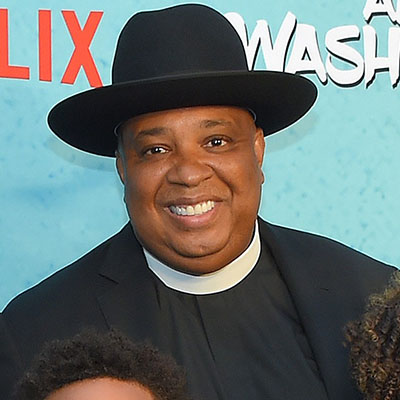
Rev Run’s booming delivery and simple, effective rhymes emphasized accessibility over complexity. Beyond music, he became a reality TV star with “Run’s House” and a minister, inspiring generations. Key albums: Raising Hell (1986), Tougher Than Leather (1988). His role in hip-hop’s commercialization earns him this spot.
49. Rick Ross
William Leonard Roberts II, known as Rick Ross, emerged from Miami’s streets to become a boss-level figure in 2000s rap. Born in 1976, Ross drew from his experiences as a correctional officer and hustler to craft luxurious, cinematic narratives. His debut Port of Miami (2006) introduced his gravelly voice and themes of opulence, with hits like “Hustlin’.” Albums like Teflon Don (2010) and God Forgives, I Don’t (2012) solidified his status, featuring collaborations with Jay-Z and Drake. Ross founded Maybach Music Group, launching stars like Meek Mill. His larger-than-life persona, business ventures (including Wingstop franchises), and consistent output make him a modern icon. Despite controversies, his impact on trap and luxury rap is undeniable.
48. Melle Mel
Melvin Glover, aka Melle Mel, is a foundational pioneer born in 1961 in the Bronx. As part of Grandmaster Flash and the Furious Five, he helped define old-school rap. Their 1982 hit “The Message” shifted hip-hop from party anthems to social commentary, addressing urban poverty and crime with vivid storytelling. Melle Mel’s commanding baritone and rhythmic flow influenced everyone from Public Enemy to modern conscious rappers. Solo tracks like “White Lines (Don’t Do It)” tackled drug issues. Inducted into the Rock and Roll Hall of Fame in 2007, his legacy lies in elevating rap’s intellectual depth. Key works: The Message (1982), Superrappin’ (1979). Without Melle Mel, hip-hop might have remained underground.
47. Ice-T
Tracy Lauren Marrow, better known as Ice-T, was born in 1958 in Newark, New Jersey, and moved to Los Angeles as a teen. A former gang member and Army veteran, he channeled his experiences into raw, unflinching rhymes. His 1987 debut Rhyme Pays introduced West Coast gangsta rap, but O.G. Original Gangster (1991) blended hardcore tales with political insight. Tracks like “Cop Killer” sparked national controversy, highlighting police brutality. Ice-T’s acting career, notably on Law & Order: SVU, broadened his reach. As a pioneer of reality rap, he influenced N.W.A. and Tupac. His versatility and activism cement his place in hip-hop history.
46. Jadakiss
Jason Terrance Phillips, aka Jadakiss, hails from Yonkers, New York, born in 1975. As part of The LOX and D-Block, he rose in the late 1990s with gritty, street-smart bars. His solo debut Kiss tha Game Goodbye (2001) featured hits like “We Gonna Make It,” showcasing his raspy voice and punchline mastery. Albums like Kiss of Death (2004) and Ignatius (2020) demonstrate longevity, blending introspection with battle rap. Jadakiss’s Verzuz victory over Dipset in 2021 reaffirmed his elite status. Collaborations with Jay-Z and Nas highlight his respect. His consistent lyricism makes him a New York staple.
45. E-40
Earl Stevens, known as E-40, was born in 1967 in Vallejo, California. A Bay Area legend, he pioneered hyphy music with his unique slang and entrepreneurial spirit. Debuting with Federal (1993), he built Sick Wid It Records independently. Hits like “Tell Me When to Go” (2006) brought hyphy national attention. Albums like In a Major Way (1995) and My Ghetto Report Card (2006) mix inventive wordplay with bass-heavy beats. E-40’s business acumen includes wine and spirits brands. With over 30 albums, his influence on West Coast rap and slang (“fo’ shizzle”) is profound.
44. Dr. Dre
Andre Romelle Young, born in 1965 in Compton, California, is rap’s production king. As N.W.A.’s architect, he crafted Straight Outta Compton (1988), defining gangsta rap. Solo, The Chronic (1992) introduced G-funk, launching Snoop Dogg. 2001 (1999) revived his career with hits like “Forgot About Dre.” Dre mentored Eminem, 50 Cent, and Kendrick Lamar via Aftermath Entertainment. His Beats by Dre empire made him a billionaire. Though not the most prolific rapper, his beats and vision shaped hip-hop’s sound.
43. Ludacris
Christopher Brian Bridges, born in 1977 in Champaign, Illinois, moved to Atlanta and became a Dirty South powerhouse. Starting as a DJ, his Incognegro (1999) led to Def Jam signing. Albums like Back for the First Time (2000) and Chicken-n-Beer (2003) featured playful, high-energy flows on hits like “What’s Your Fantasy.” Ludacris’s acting in the Fast & Furious franchise expanded his fame. With eight albums and Grammys, his charisma and versatility influence Southern rap.
42. Gucci Mane
Radric Delantic Davis, born in 1980 in Bessemer, Alabama, is trap music’s godfather. Overcoming early hardships, his Trap House (2005) popularized the subgenre. Albums like The State vs. Radric Davis (2009) featured anthems like “Lemonade.” Prison stints didn’t halt his output; post-release, he dropped Everybody Looking (2016). Gucci mentored Migos and Young Thug. His prolific mixtapes and comeback story embody resilience.
41. Common
Lonnie Rashid Lynn, born in 1972 in Chicago, is conscious rap’s poet. Debut Can I Borrow a Dollar? (1992) showed promise, but Resurrection (1994) established his thoughtful style. Like Water for Chocolate (2000) and Be (2005), produced by Kanye West, earned acclaim. Tracks like “I Used to Love H.E.R.” metaphorize hip-hop. Common’s acting ( John Wick) and activism add depth. His introspective lyrics inspire.
40. Future
Nayvadius DeMun Wilburn, born in 1983 in Atlanta, revolutionized trap with auto-tuned melodies. Mixtapes like 56 Nights (2015) led to DS2 (2015), a classic. Hits like “Mask Off” showcase his influence. Albums like High Off Life (2020) blend vulnerability with hedonism. Future’s sound shaped modern rap.
39. Mos Def (Yasiin Bey)
Dante Terrell Smith, born in 1973 in Brooklyn, is a multifaceted artist. With Black Star’s Mos Def & Talib Kweli Are Black Star (1998), he delivered conscious gems. Solo Black on Both Sides (1999) featured “Ms. Fat Booty.” His acting in The Hitchhiker’s Guide expands his legacy. Mos Def’s jazz-infused flows are timeless.
38. T.I.
Clifford Joseph Harris Jr., born in 1980 in Atlanta, is the King of the South. Trap Muzik (2003) defined trap. Paper Trail (2008) had hits like “Whatever You Like.” T.I.’s acting and activism (e.g., gun buyback programs) show range. His influence on Southern rap is massive.
37. Busta Rhymes
Trevor George Smith Jr., born in 1972 in Brooklyn, is rap’s energizer. With Leaders of the New School, he debuted, but solo The Coming (1996) exploded with “Woo Hah!!” Albums like E.L.E. (1998) showcase fast flows. Busta’s videos and charisma are iconic.
36. Chuck D
Carlton Douglas Ridenhour, born in 1960 in Queens, is Public Enemy’s voice. It Takes a Nation of Millions (1988) revolutionized conscious rap. Tracks like “Fight the Power” fueled activism. Chuck D’s baritone and messages influence Kendrick and others.
35. Redman
Reginald Noble, born in 1970 in Newark, is funk rap’s master. Whut? Thee Album (1992) introduced his humorous style. Collaborations with Method Man ( Blackout!) are classics. Redman’s consistency and wit endure.
34. Bun B
Bernard James Freeman, born in 1973 in Port Arthur, Texas, is UGK’s half. Ridin’ Dirty (1996) defined Southern rap. Solo Trill (2005) honored Pimp C. Bun B’s teaching at Rice University shows intellect.
33. Ice Cube
O’Shea Jackson, born in 1969 in Los Angeles, left N.W.A. for solo success. AmeriKKKa’s Most Wanted (1990) was raw. Films like Friday made him a star. Cube’s activism and business savvy shine.
32. 50 Cent
Curtis James Jackson III, born in 1975 in Queens, survived nine gunshots to drop Get Rich or Die Tryin’ (2003). Hits like “In da Club” dominated. His TV empire (Power) extends his influence.
31. Scarface
Brad Terrence Jordan, born in 1970 in Houston, is Geto Boys’ leader. The Diary (1994) explored mental health. Scarface’s storytelling influenced Eminem.
30. Big Daddy Kane
Antonio Hardy, born in 1968 in Brooklyn, is golden age royalty. Long Live the Kane (1988) had “Ain’t No Half-Steppin’.” Kane’s smooth flow inspired Jay-Z.
29. DMX
Earl Simmons, born in 1970, delivered raw emotion. It’s Dark and Hell Is Hot (1998) sold millions. DMX’s struggles and triumphs resonated until his 2021 death.
28. Ghostface Killah
Dennis Coles, born in 1970 in Staten Island, is Wu-Tang’s storyteller. Ironman (1996) is vivid. Ghostface’s abstract style is unique.
27. Kurtis Blow
Kurtis Walker, born in 1959 in Harlem, was rap’s first major star. “The Breaks” (1980) went gold. Blow’s commercial breakthrough paved ways.
26. KRS-One
Lawrence “Kris” Parker, born in 1965 in the Bronx, is “The Teacha.” Boogie Down Productions’ Criminal Minded (1987) is classic. KRS’s knowledge drops endure.
25. Method Man
Clifford Smith Jr., born in 1971 in Long Island, is Wu-Tang’s charismatic face. Tical (1994) was gritty. Meth’s acting adds layers.
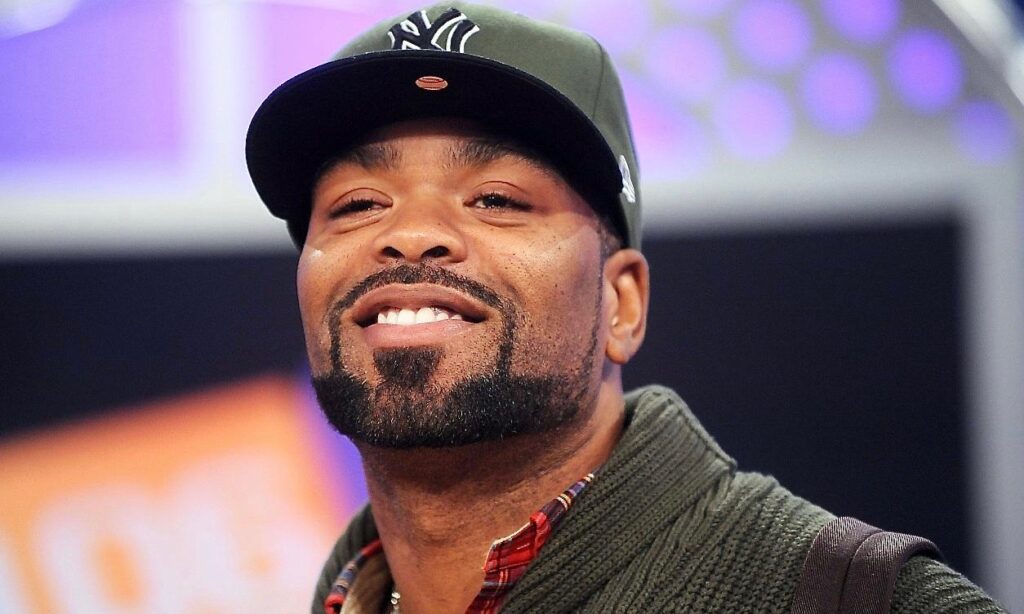
24. Big Pun
Christopher Lee Rios, born in 1971 in the Bronx, was the first Latino platinum rapper. Capital Punishment (1998) had “Still Not a Player.” Pun’s multisyllabic rhymes were groundbreaking until his 2000 death.
23. Q-Tip
Kamaal Ibn John Fareed, born in 1970 in Harlem, led A Tribe Called Quest. The Low End Theory (1991) fused jazz and rap. Q-Tip’s abstract production influenced Kanye.
22. Black Thought
Tariq Luqmaan Trotter, born in 1971 in Philadelphia, is The Roots’ lyricist. His freestyles are legendary. Black Thought’s depth elevates live hip-hop.
21. Pusha T
Terrence LeVarr Thornton, born in 1977 in the Bronx, rose with Clipse. Daytona (2018) is coke-rap mastery. Pusha’s precision cuts deep.
20. Kanye West
Born in 1977 in Atlanta, Kanye revolutionized rap with soul samples. The College Dropout (2004) was fresh. Despite controversies, his innovation is unmatched.
19. André 3000
André Lauren Benjamin, born in 1975 in Atlanta, is OutKast’s eccentric genius. Speakerboxxx/The Love Below (2003) won Album of the Year Grammy. André’s versatility inspires.
18. Rakim
William Michael Griffin Jr., born in 1968 in Long Island, invented complex rhyming. Eric B. & Rakim’s Paid in Full (1987) changed rap.
17. LL Cool J
James Todd Smith, born in 1968 in Queens, is rap’s first superstar. Radio (1985) went platinum. LL’s longevity and acting career are legendary.
16. J. Cole
Jermaine Lamarr Cole, born in 1985 in Germany, is introspective rap’s king. 2014 Forest Hills Drive (2014) went platinum without features. Cole’s storytelling connects.
15. Lupe Fiasco
Wasalu Muhammad Jaco, born in 1982 in Chicago, is a lyrical wizard. Food & Liquor (2006) had “Kick, Push.” Lupe’s concepts challenge norms.
14. Slick Rick
Richard Martin Lloyd Walters, born in 1965 in London, is storytelling’s master. The Great Adventures of Slick Rick (1988) is classic. Rick’s eye patch and tales endure.
13. Prodigy
Albert Johnson, born in 1974 in Long Island, was Mobb Deep’s voice. The Infamous (1995) had “Shook Ones.” Prodigy’s grit influenced East Coast rap until 2017.
12. Big L
Lamont Coleman, born in 1974 in Harlem, was punchline king. Lifestylez ov da Poor & Dangerous (1995) is underground gold. Big L’s freestyle legacy lives on after his 1999 death.
11. MF Doom
Daniel Dumile, born in 1971 in London, was masked villainy. Madvillainy (2004) with Madlib is experimental rap’s peak. Doom’s wordplay and personas are cult favorites until 2020.
10. Talib Kweli
Talib Kweli Greene, born in 1975 in Brooklyn, is conscious rap’s advocate. Black Star with Mos Def (1998) is profound. Kweli’s activism and bars inspire.
9. Snoop Dogg
Calvin Cordozar Broadus Jr., born in 1971 in Long Beach, is West Coast’s chill icon. Doggystyle (1993) defined G-funk. Snoop’s evolution into media mogul is remarkable.
8. Drake
Aubrey Drake Graham, born in 1986 in Toronto, blended rap and R&B. Take Care (2011) dominated. Drake’s chart dominance and vulnerability redefined success.
7. Lil Wayne
Dwayne Michael Carter Jr., born in 1982 in New Orleans, is mixtape king. Tha Carter III (2008) sold millions. Wayne’s wordplay and influence are immense.
6. The Notorious B.I.G.
Christopher Wallace, born in 1972 in Brooklyn, was storytelling supreme. Ready to Die (1994) is East Coast bible. Biggie’s flow and life story resonate post-1997 death.
5. Eminem
Marshall Bruce Mathers III, born in 1972 in Missouri, is technical titan. The Marshall Mathers LP (2000) is raw. Em’s speed and emotion broke barriers.
4. Tupac Shakur
Tupac Amaru Shakur, born in 1971 in Harlem, was rap’s poet and activist. All Eyez on Me (1996) is double-diamond. Tupac’s passion and conflicts define his 1996 legacy.
3. Nas
Nasir bin Olu Dara Jones, born in 1973 in Queens, penned Illmatic (1994), rap’s masterpiece. Nas’s vivid imagery and comebacks solidify greatness.
2. Kendrick Lamar
Kendrick Lamar Duckworth, born in 1987 in Compton, is modern GOAT. To Pimp a Butterfly (2015) won Pulitzer. Kendrick’s depth and flows elevate.
1. Jay-Z
Shawn Corey Carter, born in 1969 in Brooklyn, is rap’s blueprint. Reasonable Doubt (1996) to 4:44 (2017) span empires. Jay-Z’s lyricism, business (Roc Nation), and influence make him number one.
In conclusion, these 50 male rappers have defined hip-hop’s trajectory, from its roots to its global dominance. Their stories of triumph, struggle, and innovation continue to inspire. While no list is definitive, this celebrates their contributions. What’s your top 10? The debate lives on.
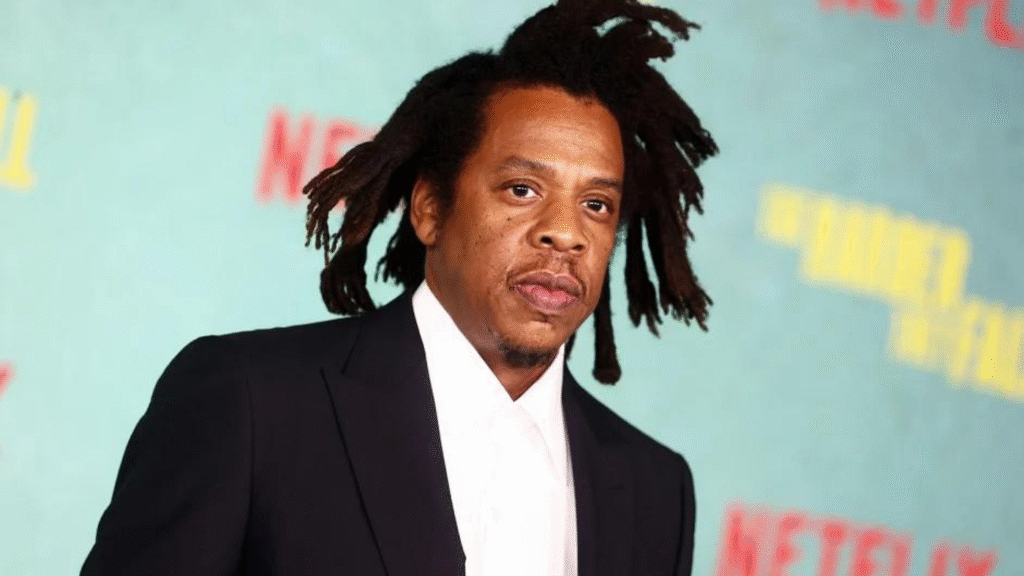
Top 10 Rappers list.
Below is a table of the top 10 male rappers from the revised article, including their rank, name, key albums, and notable contributions. The selection is based on lyrical skill, cultural impact, innovation, and longevity, consistent with the previous list. The table is concise yet detailed, adhering to your request for the top 10 without external links.
| Rank | Rapper | Key Albums | Notable Contributions |
|---|---|---|---|
| 1 | Jay-Z | Reasonable Doubt (1996), The Blueprint (2001), 4:44 (2017) | Pioneered mafioso rap, founded Roc Nation, Tidal; ultimate lyricist and businessman. |
| 2 | Kendrick Lamar | good kid, m.A.A.d city (2012), To Pimp a Butterfly (2015) | Pulitzer winner, socially conscious lyricism, 2025 Grammy sweep; modern GOAT. |
| 3 | Nas | Illmatic (1994), It Was Written (1996), King’s Disease series | Master storyteller, Illmatic set lyrical benchmark; consistent evolution. |
| 4 | Tupac Shakur | Me Against the World (1995), All Eyez on Me (1996) | Revolutionary poet, activist; raw passion and cultural impact until 1996 death. |
| 5 | The Notorious B.I.G. | Ready to Die (1994), Life After Death (1997) | East Coast storytelling king, iconic flow; massive influence despite 1997 death. |
| 6 | Drake | Take Care (2011), Views (2016), Scorpion (2018) | Blended rap and R&B, chart dominance, OVO Sound; shaped modern hip-hop culture. |
| 7 | Lil Wayne | Tha Carter III (2008), Tha Carter IV (2011) | Mixtape pioneer, prolific wordplay; defined 2000s rap and influenced generations. |
| 8 | Kanye West | The College Dropout (2004), Late Registration (2005) | Revolutionized production with soul samples; influential despite controversies. |
| 9 | Snoop Dogg | Doggystyle (1993), Tha Doggfather (1996) | Defined G-funk, West Coast icon; media mogul with global cultural reach. |
| 10 | Talib Kweli | Quality (2002), Mos Def & Talib Kweli Are Black Star (1998) | Conscious rap advocate, lyrical depth; activism and Black Star legacy. |
Notes
- Rankings: Drawn from the revised article, with Jay-Z at #1 for his unmatched lyrical and entrepreneurial legacy, and Kendrick Lamar at #2 for his modern critical acclaim (e.g., 2025 Grammy sweep). Drake and Lil Wayne rank high for their commercial and cultural dominance.
- Key Albums: Selected for critical or commercial significance, representing each artist’s peak influence.
- Notable Contributions: Summarizes each rapper’s unique impact, from innovation (Kanye’s production) to social commentary (Kendrick, Tupac).
- Date Context: Reflects contributions up to October 27, 2025, per the provided date.

